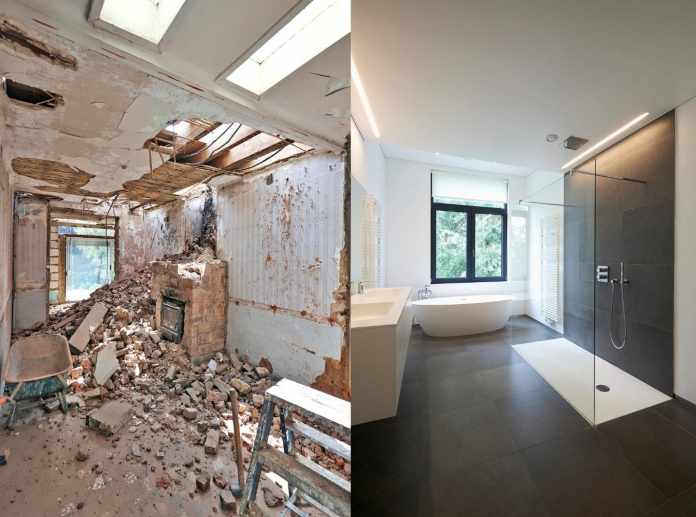One of the most devastating things that can happen is when a flood begins to seep into your walls, going inside your home in the middle of a storm. You can expect that this can damage the appliances, documents, furniture, and upholstery, which can be a major headache. Readout below to know about flooding and water damage repair.
Whether the cause of the flood is a flaw in the sewer backup, broken pipes, flooded basements, or a leaking appliance, it’s almost guaranteed that you’ll be dealing with a lot of damages later on.
You need to call the repairmen in Maryland to fix everything because if you leave this issue unattended, mold can grow and cause another headache. Mold spores are everywhere, and they can begin growing when the conditions suit them. Another thing is that water damage can result in structural issues and safety hazards before you know it.
One of the first things to do is stop the leaks and any other source of the flood. You may want to check your sump pumps to work in the basement or take out excess water. Fortunately, you can rely on experts like RestoreUnow water damage contractors for help, and they will immediately go to your home. With these experts, they can work quickly, do restorations, and prevent growth mold into your property.
Steps for Repairs
Thorough Cleaning
It would be best to clear the area for appliances, wires, and other electrical devices that can make electrocution possible. Clean the area and repair water damage on the walls. The experts can use sugar soap or a specialized solution for disinfection, and they’ll use equipment to dry the area.
Scrape the Flakes in the Room
Paint peeling is typical after a flood. What you can do is scrape and clear the entire area when you see any bubbles on the wall. If you’re unsure of what to do about this, call the pros, and they will be the ones to scrape everything and smoothen the surfaces of your walls.
Cover Everything with Sealed Binders
There are products available in the market that you can use to cover the damaged areas. What it does is permeate through the more porous surface to prevent more water from going in. Some of the peel or sealer binders can give you enough time to do everything. However, if you want to hasten the steps, the pros are there with their de-humidifier at your disposal.
Application of Fillers
Once the surfaces are dry and solid, you can then apply filters to make your walls ready for the paint. Give it at least a whole week of drying time, and it’s not ideal to do the painting when it’s still raining outside. Sand the surface, apply sealers and water-based primers, and you’re ready to add the color that you want. You can know more about the water-based primers on this page.
Before the restoration begins, it’s also best if you can address the problem of flooding first. Prevent water from coming into your house in the first place and do the necessary steps to prevent damage to your files, appliances, and furniture.













